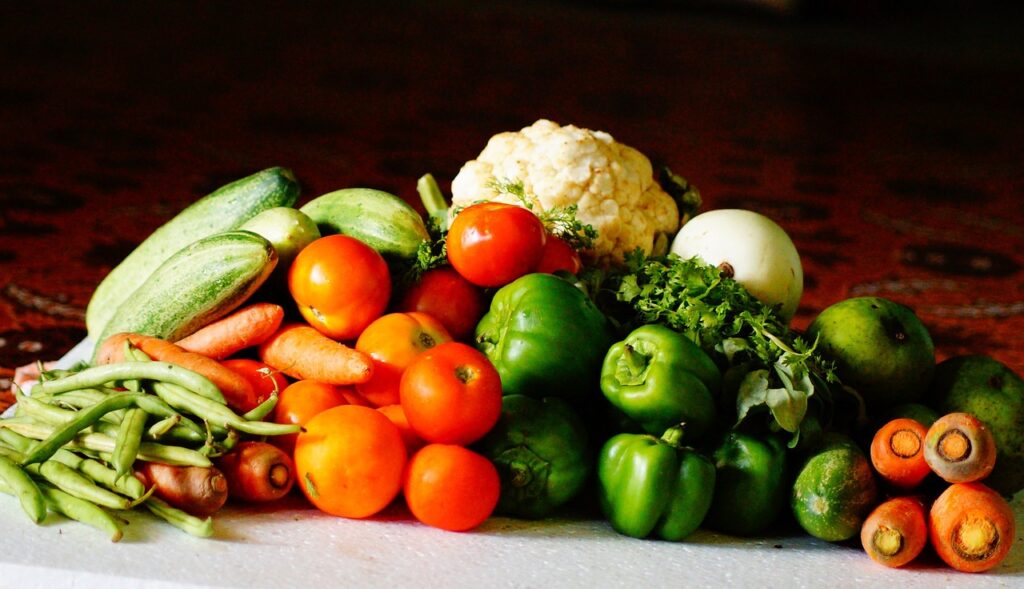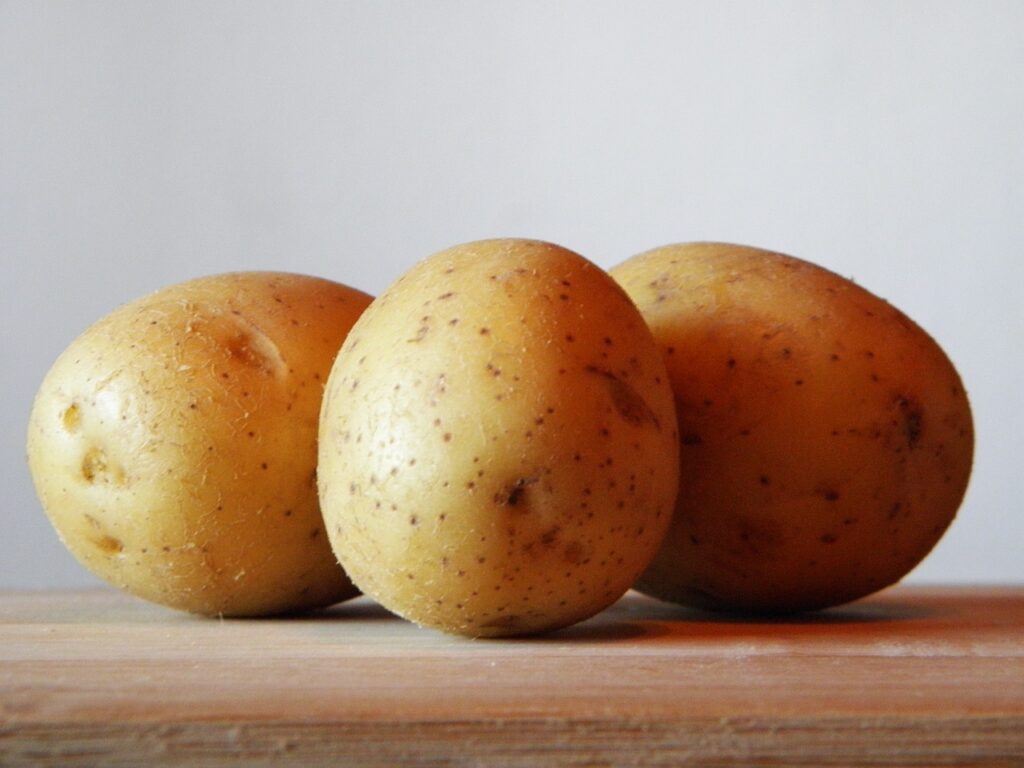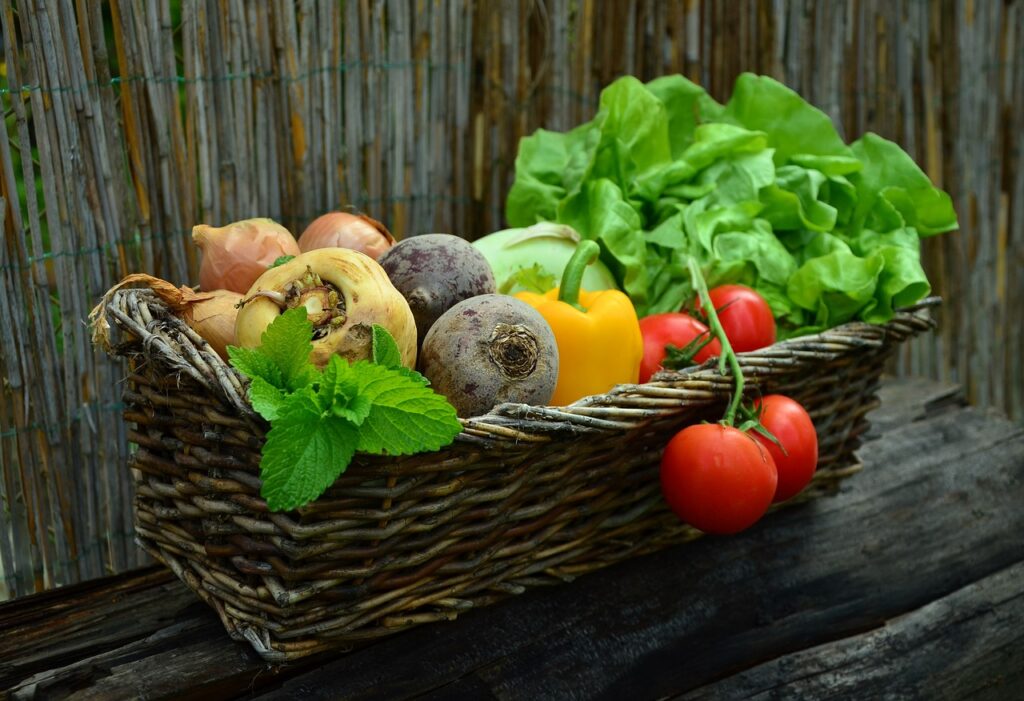Maintaining the freshness of fruits and vegetables is essential for preserving their nutritional value and flavor. From proper storage to strategic purchasing, there are various techniques to extend the lifespan of your produce. In this article, we will explore practical tips to help you keep fruits and veggies fresh for a more extended period.
1. Smart Shopping
Buy in Small Quantities: Purchase only what you can consume within a week to avoid overstocking and potential waste.
Check for Ripeness: Select fruits and vegetables at different stages of ripeness to ensure a more extended shelf life. For example, choose slightly unripe bananas and avocados if you don’t plan to consume them immediately.

2. Appropriate Storage
Refrigeration: Many fruits and vegetables benefit from refrigeration. Items like berries, leafy greens, and most fruits should be stored in the refrigerator to slow down the ripening process.
Ethylene Gas Management: Some fruits emit ethylene gas, which can accelerate ripening. Store ethylene-sensitive produce like lettuce and berries away from ethylene producers such as apples, bananas, and avocados.
Proper Ventilation: Ensure good airflow in your refrigerator by not overcrowding the shelves. This helps regulate temperature and prevents the accumulation of moisture, reducing the risk of mold and spoilage.

3. Proper Packaging
Use Perforated Plastic Bags: For items like leafy greens and herbs, place them in perforated plastic bags or produce bags with small holes. This helps maintain the right level of humidity while preventing excess moisture buildup.
Separate Fruits and Vegetables: Keep fruits and vegetables in separate drawers or containers to prevent cross-contamination and the transfer of ethylene gas.

4. Temperature Awareness
Understand Optimal Temperatures: Different fruits and vegetables have specific temperature requirements. Be aware of the ideal storage temperature for each item and adjust your refrigerator settings accordingly.
Cold Storage for Potatoes and Onions: Store potatoes and onions in a cool, dark place outside the refrigerator. Storing them in the fridge can alter their texture and taste.

5. Regular Inspection
Check for Spoilage: Routinely inspect your fruits and vegetables for signs of spoilage. Remove any items that are overripe or starting to decay to prevent the spread of mold and bacteria.
Rotate Stock: Practice the “first in, first out” rule. Consume older produce first to minimize waste and ensure that nothing gets forgotten at the back of the refrigerator.
By adopting these tips, you can significantly prolong the freshness of your fruits and vegetables, reducing waste and ensuring that you get the most out of your purchases. With a little planning and attention to storage conditions, you can enjoy crisp, flavorful produce for an extended period.

